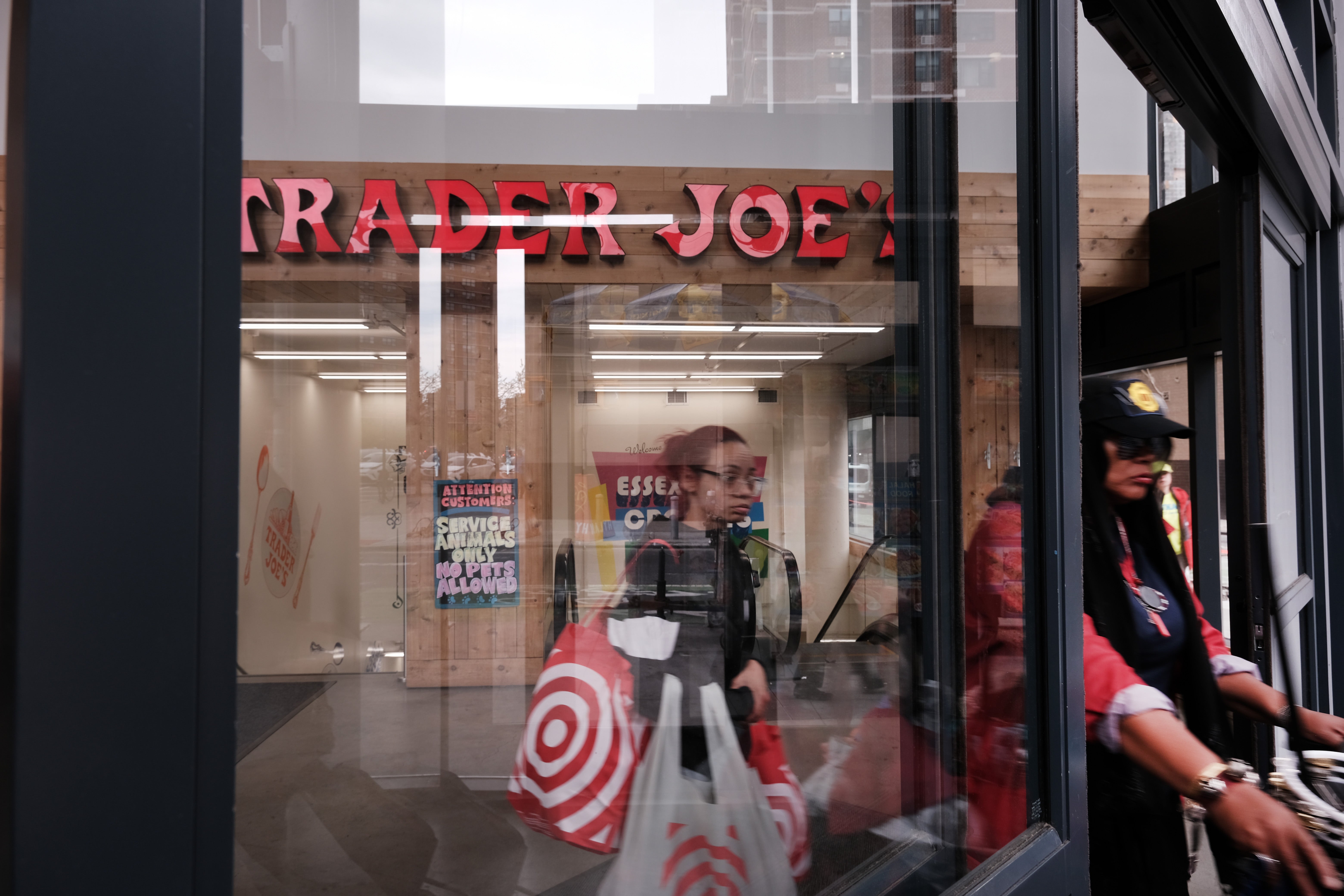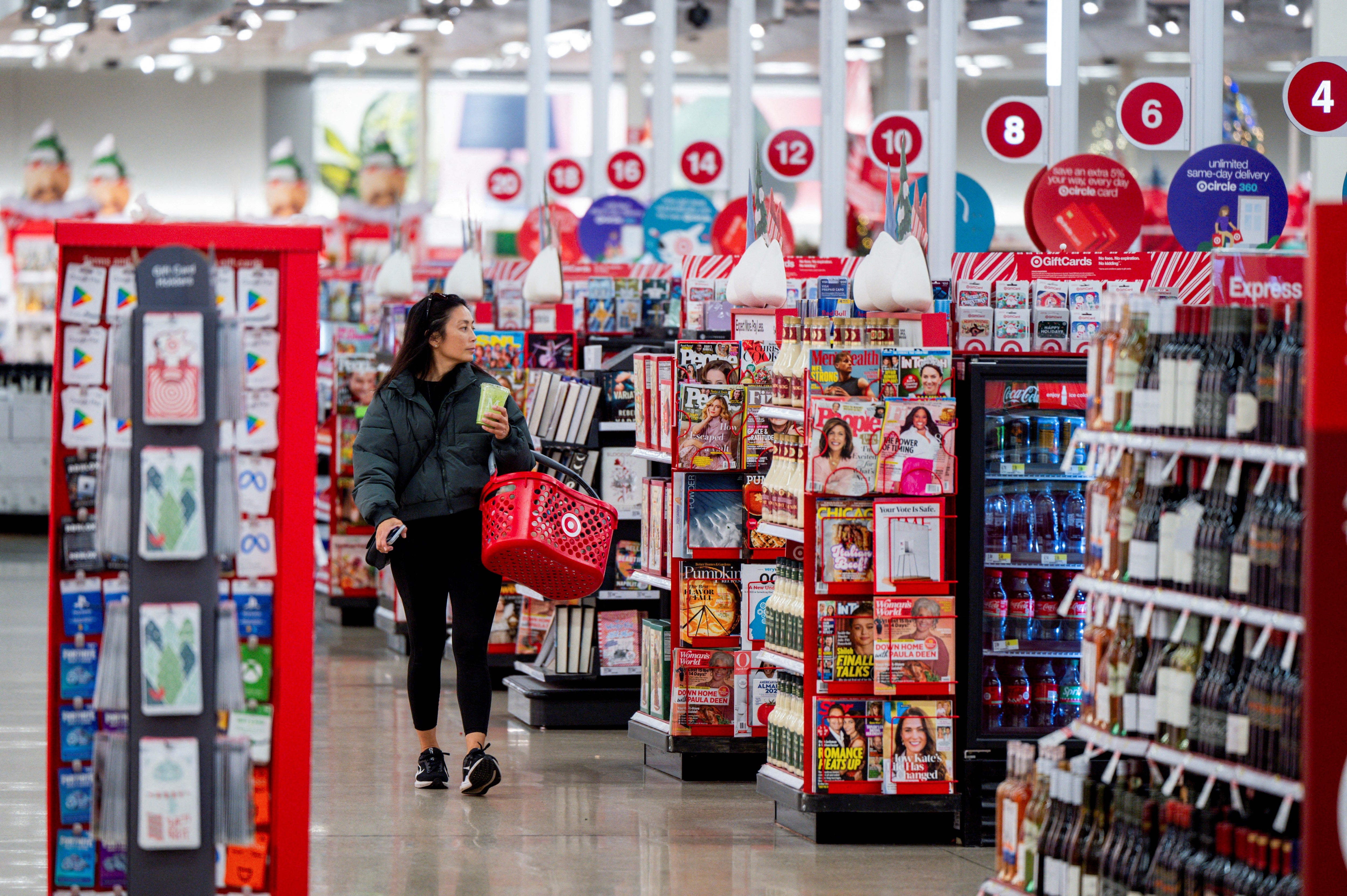Big box stores are no longer…well, big.
Just like customers who are looking for a deal, retailers are shrinking their footprint to fit in more affluent neighborhoods and offer shoppers a more personalized experience while saving costs.
Target, Macy’s and Nordstrom were once known for massive stores that anchored malls and shopping centers. Now, all three have spent a decade experimenting with smaller-sized shops. They have been joined by other retailers, such as Starbucks, that have used ‘express’ type stores.
Ikea is synonymous with its big blue facilities but is now using smaller shops to meet customers’ desires and offer a more personalized experience.
“A Plan and Order point with Pick-up is one of many new format stores that are part of the growth strategy for Ikea U.S.— increasing accessibility to the brand and ensuring there are more ways to meet customers where they are and how they like to shop,” an Ikea spokesman told CNBC.

“It is different from the traditional large-format Ikea stores as it gives customers the opportunity to meet with the Ikea store team to plan and order home furnishing solutions that require a bit more help,” the spokesman said.
Target is also going smaller, having opened 10 new stores in the last year that are 20,000 square feet or less. That is far below its usual footprint of 125,000 square feet. That has allowed the chain to open stores in neighborhoods near colleges and in urban centers.
“Our flexible model allows us to bring the Target experience to life in any size or format,” a Target spokesman told the outlet.

Experts say the shift is unsurprising as more customers order online - an experience that was sped up by the pandemic.
“Retailers have been scrambling to find a solution. Interestingly, research shows that most in-store shopping trips begin online, and many may culminate back online. As such, it is not an either/or proposition. Brands need to allow this behavior but also find a way to do it in a format that optimizes their metrics,” Dave McMahon, professor of marketing at Pepperdine University’s Graziadio Business School said to CNBC.
He added that one of those metrics is revenue per square foot, and small stores create more customer spending per square foot - compared to sprawling stores that offer wide aisles and large displays that cut into revenue per foot.
“If merchandised properly, the smaller format stores can create a more intimate shopping experience while increasing the revenue generated per square foot, thus making it a win for the customer and the company,” McMahon said

Join our commenting forum
Join thought-provoking conversations, follow other Independent readers and see their replies
0Comments